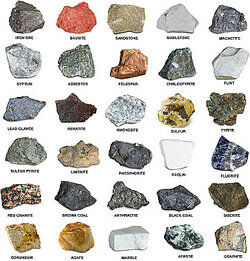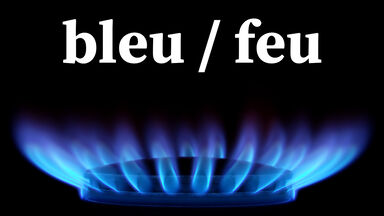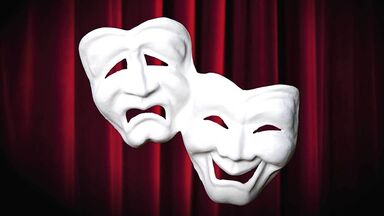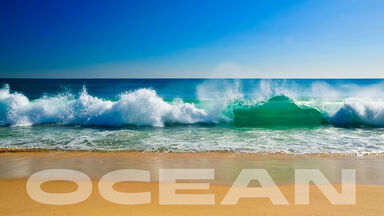It is said that in his earliest boyhood Andrea was, like Giotto, put to shepherding or cattle-herding; this is not likely, and can at any rate have lasted only a very short while, as his natural genius for art developed with singular precocity, and excited the attention of Francesco Squarcione, who entered him in the gild of painters before he had completed his eleventh year.
As the youth progressed in his studies, he came under the influence of Jacopo Bellini, a painter considerably superior to Squarcione, father of the celebrated painters Giovanni and Gentile, and of a daughter Nicolosia; and in 1454 Jacopo gave Nicolosia to Andrea in marriage.
This connexion of Andrea with the pictorial rival of Squarcione is generally assigned as the reason why the latter became alienated from the son of his adoption, and always afterwards hostile to him.
Another suggestion, which rests, however, merely on its own internal probability, is that Squarcione had at the outset used his pupil Andrea as the unavowed executant of certain commissions, but that after a while Andrea began painting on his own account, thus injuring the professional interests of his chief.
He then formed some other connexion, and became at an advanced age the father of a natural son, Giovanni Andrea; and at the last, although he continued launching out into various expenses and schemes, he had serious tribulations, such as the banishment from Mantua of his son Francesco, who had incurred the marquis's displeasure.





